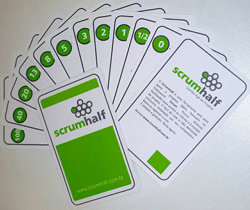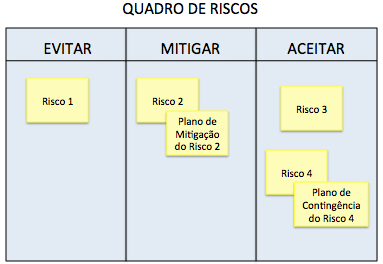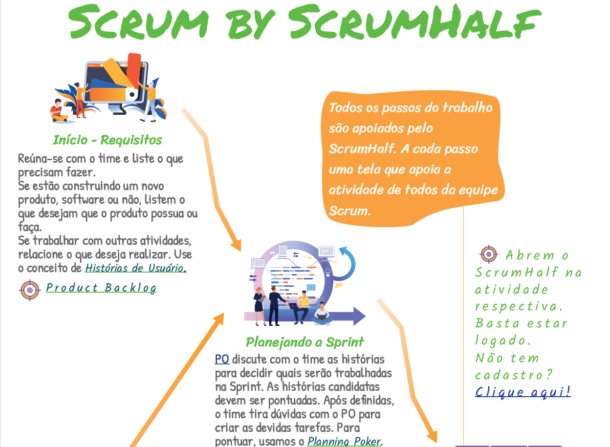 In my first post about the Scrum Pillars, I told about the importance of transparency for the project management process. Transparency together with Inspection become a great combination to manage the work and avoid waste.
In my first post about the Scrum Pillars, I told about the importance of transparency for the project management process. Transparency together with Inspection become a great combination to manage the work and avoid waste.
The product inspection is a very importante pratice and must be taken into account for every management process which wants to be successful. If made with the correct frequency, gives the possibility to quickly identify any deviation from the goal to be accomplished, and also ensures that the aggregated value to the client can be measured and improved with the Adaptation (the third pillar of Scrum).
In Scrum the Sprint Review relies in this pillar. The product increment, result of the Sprint, is presented by the Scrum Development Team and inspected by the Product Owner. Depending on the definition of done, the PO will approve or disapprove the implemented stories of the Sprint. On Paula's Post: "What is the Sprint Review?" this cerimony and the contribution to the management process is best explained.
The Scrum Guide has the following definition for the inspection:
Scrum users must frequently inspect Scrum artifacts and progress toward a goal to detect undesirable variances.
This means that the whole management process must be frequently inspected, to avoid deviation, not only the product itself throught the Sprint Review, but also the team dynamic.
As the team dynamic is inspected in the Sprint Retrospective, makes problems that are happening within the team attempt to be resolved, but there is not always a immediate solution, but it's important that the problem is known to find a solution subsequently.
Another very important citation is:
Their inspection should not be so frequent that inspection gets in the way of the work.
In this way, the cerimonies timebox are established to respect this idea: there are 15 minutes for standup meetings (independent of the Sprint timebox) and 2 hours for each cerimony (review, planning 1 and 2 and retrospective) in 2 weeks Sprints, or 1 hour each for 1 week Sprints.
I cited some reasons that make inspection be a great tool in order to make the management process more productive, avoiding wear and waste, but there are much more actions that can be followed.
In my next post I gonna talk about the third pillar of Scrum: Adaptation.
References:






